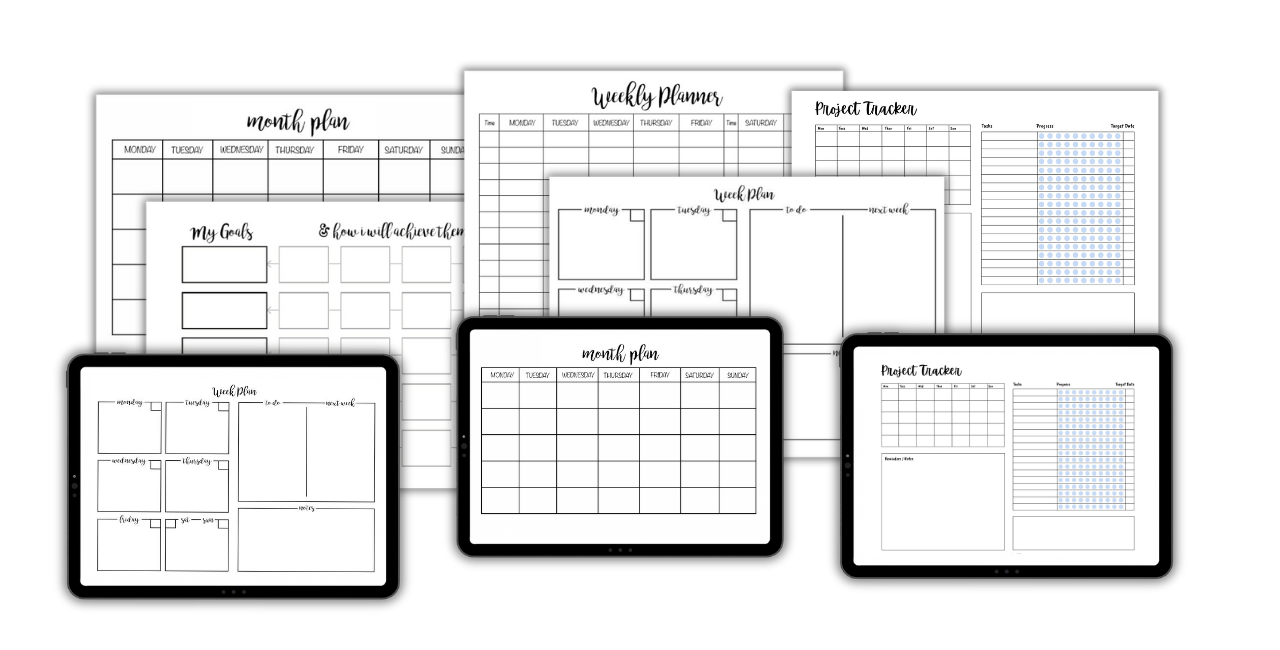Want to focus more? Try 6 study methods that work for different brains

Does this happen to you sometimes? You finally sit down to study. But instead of studying, you open five apps, play a game, or suddenly start cleaning your room. You had good intentions, but it's a struggle. This happens to more people than you think. Don’t stress. Your brain needs study strategies that work with it, not against it.
Why traditional study doesn’t fit everyone:
- Long, silent blocks and rigid timetables don’t suit all students.
- Some students need movement, variety, and novelty.
The objective isn’t to change the way your brain works, but to find a way that works with it, naturally.
6 study methods that work for different brains
Here are six focus-friendly study strategies you can try right away. Each one is practical and designed to help you get more done without feeling overwhelmed.

1. Pomodoro technique: short bursts for restless focus
Long, silent blocks are torture for many of us students. Pomodoro breaks study into 25-minute sprints with 5-minute rests. After four rounds, take a longer break.
👉 Example: Revise your flashcards for 25 minutes, stretch for 5 minutes for a short break, and then do another round. It feels more manageable, but you still manage to study a lot. Read the article on {insert link] for more information.
2. Interleaving: mix subjects to keep the brain switched-on
This isn’t for everyone, but see if this works for you. Try changing subjects as you study. The continual change keeps your brain switched-on and hopefully helps with the slumps of focus.
👉 Example: Do 20 minutes of math problems, then 20 minutes of English planning, then 20 minutes of history flashcards.
3. Varied practice: same subject, different study methods
If one study method gets boring, change to another. This keeps your energy level high and keeps your brain working.
👉 Example: For a science session, read your notes → then sketch a diagram → then record yourself explaining → then answer a practice question.
4. Gamify it: turn study into a game
Many of us love quick rewards. That's how some apps have become so popular. Us this to your advantage. Use apps, points, or challenges to make progress feel fun and satisfying while you study!
👉 Example: Earn 1 point per flashcard, 10 points = a reward. Apps like Forest grow a tree every time you focus for a block. How fun.
5. Study buddy: don’t study alone
Working next to someone else (in person or virtually) creates accountability and momentum.
👉 Example: Jump on a Zoom call with a friend. You don’t even need to talk while you’re both studying. Just knowing they’re studying too helps you stay on track.
6. Talk it out: explain to remember
Your brain remembers best when you retrieve, and not just reread. Explaining a topic out loud makes recall much easier in tests.
👉 Example: Pretend you’re teaching your sibling about World War II. No notes, just explain. If you stumble, that’s the gap you need to review. There’s more on this in the article {insert article link}
Time to try
Focus isn’t about forcing yourself to sit still for hours. That can be excruciating for some. It’s about trying strategies that suit how your brain works.
Try one or two of these this week and notice if you feel calmer and more productive.
👇While you're here...
Want to join the early Access list to the Mini Planning Course?
Stay connected with news and updates!
Join our mailing list to receive the latest news and updates from our team.
Don't worry, your information will not be shared.
We hate SPAM. We will never sell your information, for any reason.

